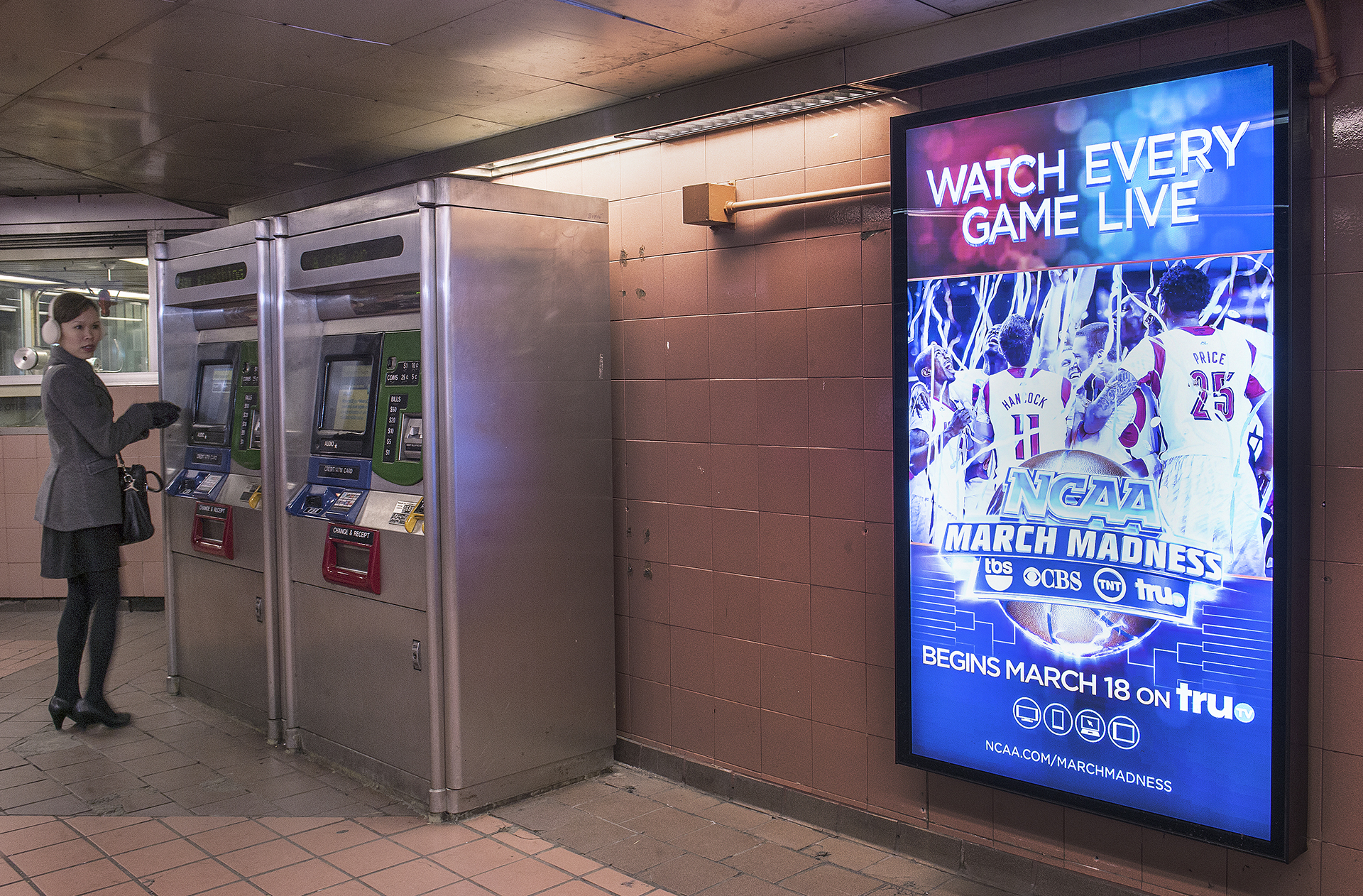In New York's subway shutdown, an unthinkable departure

- Country:
- United States
Since the first line connected Lower Manhattan to Harlem in 1904, New York's subway has never ceased running. There were brief blips of interruption after 9/11 and in the last decade for hurricanes and blizzards, but for more than 115 years the rumbling on the rails has kept the click-clack heartbeat of New York. A second tunneled city that, like the skyward metropolis above, never sleeps. Last week, for the first time, the trains stopped running in a planned shutdown. Between the hours of 1 am and 5 am, the subways and New York's 472 stations began closing for a nightly cleaning to disinfect trains. It's a humbling concession for a swaggering, all-night town that, as much as anything, shows how the coronavirus pandemic has seized the gears of New York, one of the world's hardest-hit cities.
Except for commuters fleeing to the suburbs, the entire concept of “last train” is anathema in New York. London, sure. Boston, of course. Even in Tokyo. But not in New York. Through the night, trains have always shuttled early-morning workers and late-night revelers. A four-hour shutdown may not seem like a drastic change given all the transformations wrought by the pandemic. But in New York, it means a tear in the fabric of the city. “Without the subway, New York does not work. People are saying now, 'What happens if people drive after the epidemic has passed?' Well, they can't do it. If all the people who wanted to drive in New York drove, you'd have to pave over Long Island to park all of the cars,” says Kenneth T. Jackson, a history professor at Columbia and author of “Empire City: New York Through the Centuries.” “It's more important than the public schools. It's more important than anything.” Even at a time when New York remains on lockdown, stopping the subway for even four hours has an enormous effect.
Ridership in April was down more than 90 percent, but the Metropolitan Transportation Authority still estimates that 11,000 had been using the trains during that overnight period. Many are essential workers and other caregivers, custodians can't afford to work. The subway, where a ticket for the price of a slice gets you anywhere in the city, has been called the great leveler of New York.
Remove that for even a few hours, and those scales tip. “You see the growing gap between the haves and have-nots everywhere in New York City. This really rips that Band-Aid off,” says Clifton Hood, author of “722 Miles: The Building of the Subways and How They Transformed New York.” “Most professionals are, by and large, able to work from home. What you're seeing now is the people who had no other choice.” The homeless have borne the brunt of the shutdown. Typically, some 2,000 homeless people rely on trains as a warm place to pass the night. Now, at 1 am, they're met at end-of-the-line stations by police (some 1,000 officers were used for the first night's shutdown), hundreds of cleaners and a handful of outreach workers who can steer people to shelters or hospitals. On the first night, 139 of the 252 homeless people engaged accepted some support, the city said.
“What the city's doing now is using the police to move people to the streets and further out into the open,” said Giselle Routhier, policy director for the Coalition for the Homeless. “It's a visible manifestation of our policy failures to address homelessness.” Sarah Feinberg, the interim president of the MTA, says it can't be the transit system's duty to care for the homeless. Cities around the world are contemplating how they safely function with more normal levels of ridership. New York's subways were already under criticism for overcrowding; some 5 million use New York's transit system on an average weekday. Current social distancing protocols would not be feasible, says Feinberg.
“I don't think anybody feels like they really know when ridership will come back and at what level," Feinberg added. “It will come back. We have no option in New York City.” For now, the arteries of New York remain momentarily blocked. The city sleeps, so long as the sound of sirens doesn't wake it. But as hard as it is to imagine New York, in all its diversity and density, reanimated, it will happen, historians say confidently. A mass of humanity will again board the express. After 9/11, some predicted the end of the skyscraper and that people would fearfully turn away from turnstiles. Instead, a building boom followed and ridership soared.
“I prefer to think about the shutdown as more akin to a spring cleaning than an augury of doom,” says Mike Wallace, author of “Gotham: A History of New York City to 1898.” “For all the horror of the last weeks, New York has weathered other calamities and its resilience should not be underestimated.".
(This story has not been edited by Devdiscourse staff and is auto-generated from a syndicated feed.)
ALSO READ
Emma Bates, a top US contender in the Boston Marathon, will try to beat Kenyans and dodge potholes
Athletics-Lemma wins men's Boston Marathon, Obiri retains women's title
Health News Roundup: FDA classifies recall of Boston Scientific device as 'most serious';
India will improve Tokyo tally in Paris Olympics, government nurturing sports: World Champion Powerlifter Gaurav
Health News Roundup: FDA classifies recall of Boston Scientific device as 'most serious'; Vanda adopts 'poison pill' after rejecting Future Pak's offer and more










